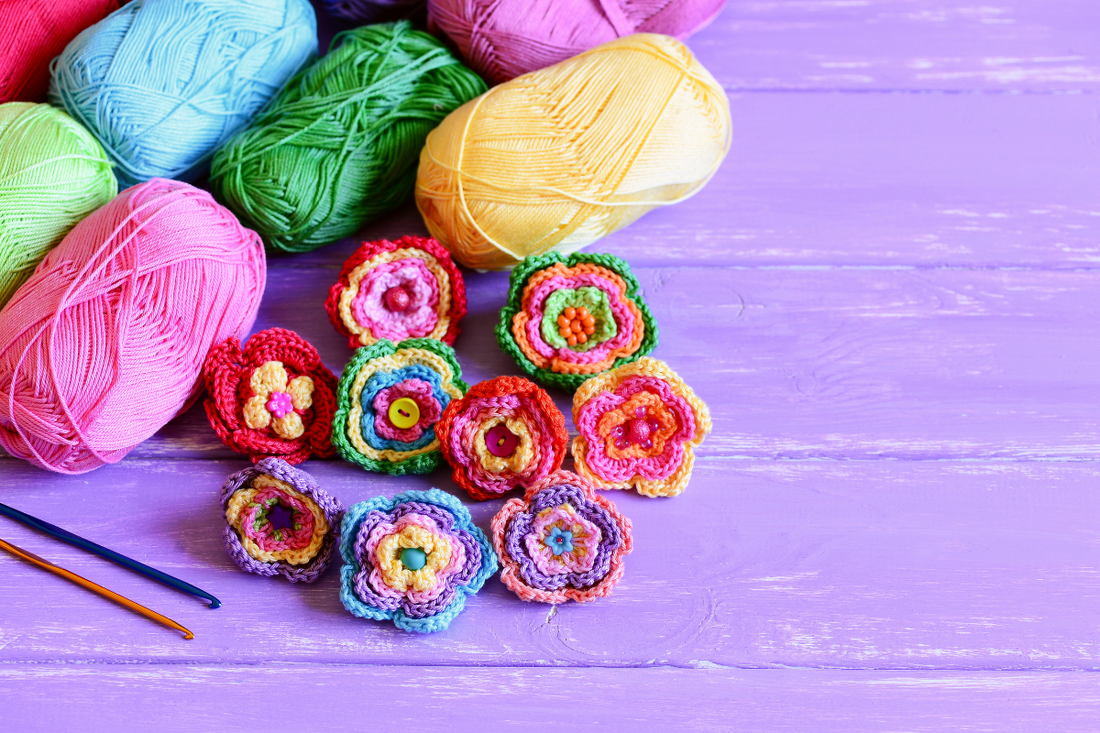Are you interested in learning how to crochet? Crocheting is a fun and fulfilling hobby that can help to reduce stress and improve your overall well-being. Plus, it allows you to create beautiful, handmade pieces that you can use or give as gifts.
If you're just starting out with crocheting, you may feel overwhelmed by all of the different techniques and stitches. But don't worry! With a little practice and the right tips, you'll be crocheting like a pro in no time.
Here are the top five tips for beginners who want to learn how to crochet:
1. Choose the right materials. To get started with crocheting, you'll need a few basic materials, including yarn, a crochet hook, and a pair of scissors. When it comes to choosing yarn, it's important to select a type and weight that is appropriate for your project and your skill level. For example, if you're just starting out, you may want to choose a medium-weight yarn that is easy to work with. As you become more experienced, you can experiment with different yarn weights and types to create different textures and effects in your projects.
2. Start with simple stitches. Before you start working on more complex projects, it's important to master the basic crochet stitches. The two most common stitches for beginners are the single crochet stitch and the double crochet stitch. These stitches form the foundation for many other crochet techniques, so it's essential to practice them until you feel comfortable using them.
3. Follow a pattern. Once you've mastered the basic stitches, you can start working on more complex crochet projects. To do this, you'll need to follow a crochet pattern. Patterns provide detailed instructions for creating a specific project, including the type and amount of yarn to use, the type of stitch to use, and the order in which to work the stitches. Following a pattern can help to keep you on track and ensure that your project turns out the way you want it to.
4. Keep your tension consistent. One of the biggest challenges for beginners is maintaining a consistent tension while crocheting. This refers to the amount of tension you apply to the yarn as you work the stitches. If your tension is too tight, your project will be stiff and difficult to work with. On the other hand, if your tension is too loose, your project will be floppy and may unravel. To maintain consistent tension, try to keep your stitches at the same size and tension throughout your project.
5. Don't be afraid to make mistakes. Crocheting, like any other skill, takes time and practice to master. Don't be discouraged if your first few projects don't turn out exactly as you had hoped. Mistakes are a natural part of the learning process, and they can help you to improve your skills and become a better crocheter. If you make a mistake, don't be afraid to unravel your work and start over. With time and patience, you'll be able to create beautiful, handmade pieces that you can be proud of.
Crocheting is a rewarding and enjoyable hobby that can provide hours of stress relief and creative expression. With the right materials, basic stitches, and a willingness to learn, you can master the art of crocheting and create beautiful, handmade pieces. Happy crocheting!
